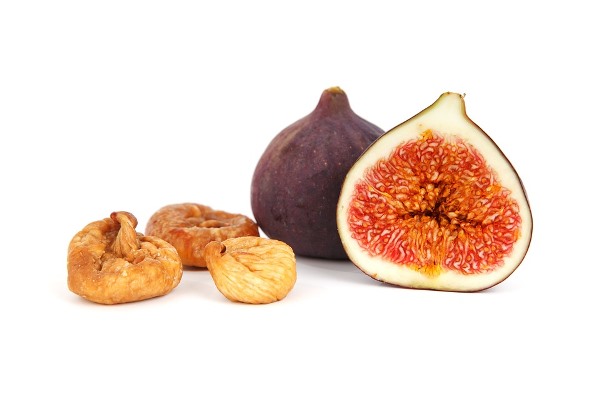The Chemical and Veterinary Investigation Office (CVUA) in Sigmaringen (Baden-Württemberg, Germany) has been regularly testing dried fruit for 5 years. So far, a total of 64 samples of dried figs have been tested for mycotoxins (aflatoxins, Ochratoxin A and Alternaria toxins).
The have recently been published. One third of the samples gave cause for complaint because the legal limits for aflatoxins and/or ochratoxin A were exceeded. The mycotoxin contamination levels fluctuated depending on the investigation period.
In 2022 and in the second half of 2021, a particularly high number of maximum levels were exceeded.
For a number of years, the Surveillance Authority has extended the monitoring of dried figs to include Alternaria toxins, for which there were previously no limits but only guidance values. Quantifiable levels of alternariol and alternariol monomethyl ether were found in a quarter of the samples analysed.
The Alternaria toxin tenuazone was found in all samples, but at highly variable concentrations. The guideline value of 1000 µg/kg was exceeded in one third of the samples tested. The data will also be submitted to EFSA, which is considering the setting of future maximum levels.
YOUR PLUS: The AGROLAB Group laboratory teams are true mycotoxin specialists. We have been analysing thousands of samples for mycotoxins every year for many decades, using the latest accredited LC-MS (multi) methods. Alternaria toxins are also part of the extensive range of tests.
Author: Dr. Frank Mörsberger

 Contact
Contact

 Contact
Contact Career
Career